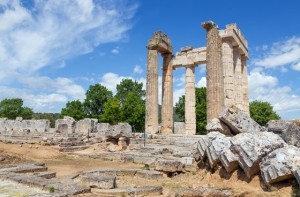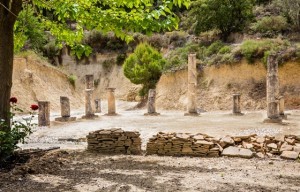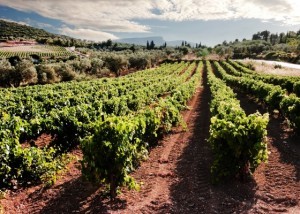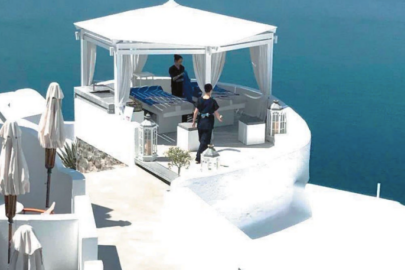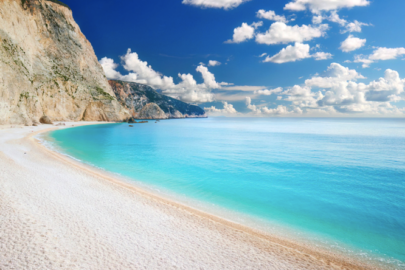Nemea is one of the most popular destinations in the Peloponnese, a significant winemaking region that is of great archaeological interest, too. It is located 41km SW of Corinth and it is surrounded by fertile plains that have contributed to the area’s well-being with their yields for many a century. This is where you will find the largest single vineyard in Greece producing wines that are renowned the world over.
Deeply rooted in legend and history
According to Greek mythology, this is where Hercules, the greatest of all ancient Greek heroes, performed his first Labour: he killed the Nemea lion that ravaged the area at the time and was a plight to locals.
The archaeological site is where a top local event has been taking place for the last twenty-odd years: this is the revival of ‘Nemeia’ i.e. the sports games that used to take place in ancient Nemea since 573 BC and every two years in turns with the Olympic Games and the games in Delphi and Isthmia. The Modern Nemeia Games were revived in 1996, 2300 years later, and they take place every four years, with participating athletes and spectators from across the world.
The major archaeological monuments in the area are the following:
– The temple of Nemeios Zeus (330 BC) which was built with tufa on the ruins of an older archaic temple. A combination of three ancient Greek architectural styles was applied (Ionic, Doric and Corinthian Orders). The foundations are 44.5m. long, and 22m. wide. The temple is situated at the centre of the holy grounds, dedicated to Zeus, that included a number of buildings and monuments. During the excavations (1973 – 2004) the sanctuary of Zeus was unearthed (east of the temple entrance), as well as bath facilities, the foundations of a large hostel and the Shrine of Opheltes.
– The Stadium (320 BC) which had a seating capacity of 40,000 and is impressive on account of both its location and size. The domed stoa with inscriptions on it still stands; this used to be the entrance point for the athletes as well as the starting point for the games.
– The Archaeological Museum located within the site. A wide variety of significant exhibits are on display there, the most important of which is “the Aidonia treasure”, an amazing collection of 312 seals and pieces of jewellery, unearthed from the Mycenaean necropolis of Aidonia (16th – 15th c. BC).
The land of Agiorgitiko grape variety
The huge viticultural zone covers an area of 26,000,000 m2. The grape variety that has been cultivated for over 3,000 years in the area is the red Agiorgitiko variety, which has turned Nemea into a fascinating wine tourism destination.
These age-old vineyards are the terroir where the PDO Nemea wines are produced, offering top quality red and rosé wines that are famous the world over. The white clay soil, the particular microclimate of the area and the different ground elevations yield grapes that produce a varied range of wine types: some are easy-to-drink, fresh and fruity, some are full-bodied, with complicated aromas and some mature to become vintage wines.
The area’s vineyards are dotted with dozens of wineries that are open to visitors and offer tours, wine-tasting sessions and seminars on the cycle of wine-making.
The annual event titled “Megales Meres tis Nemeas” [meaning Great Days in Nemea] takes place every September and is aimed at promoting the local wines and winemakers. It is a first class opportunity for visitors to embark on an intoxicating and flavourful trip in a place blessed by nature and well-loved by its people!
Source: visitgreece


